CRED's Exclusive Club Marketing: Why Limiting Your Audience Increases Demand
- Nayan Tomar
- Jul 8
- 5 min read
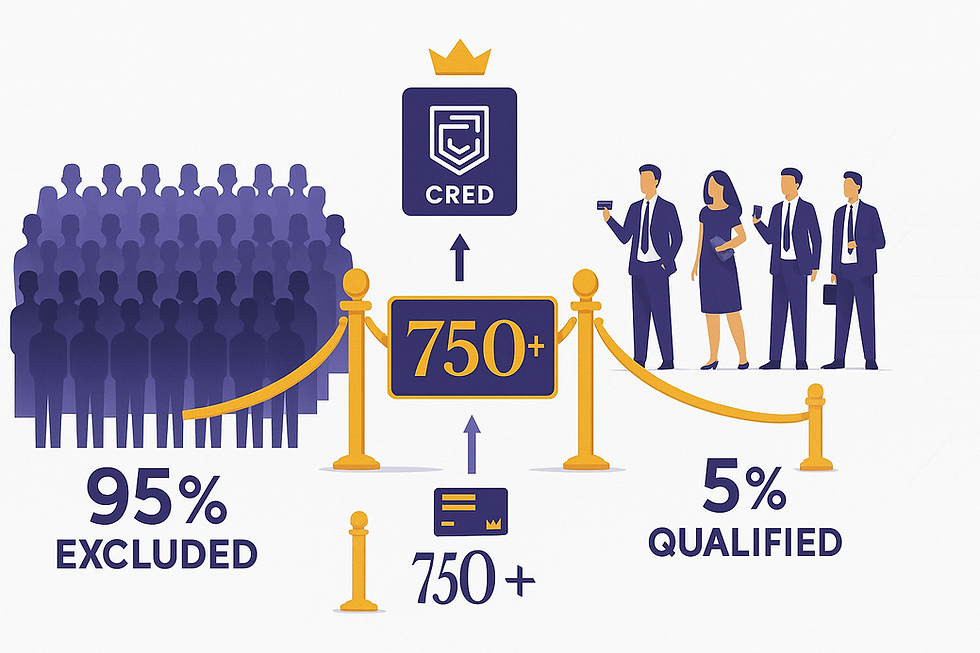
Reading Time: 5 minutes
750+ credit score requirement isn't a barrier - it's CRED's most powerful marketing tool that created ₹6,400 crore valuation by proving that artificial scarcity increases perceived value by 250% when combined with actual utility, transforming a simple bill payment app into India's most aspirational fintech brand.
The Counterintuitive Growth Strategy: Why CRED Said No to 95% of India
When Kunal Shah launched CRED in 2018, he made a decision that defied every conventional marketing wisdom: exclude 95% of potential customers. While competitors like Paytm and PhonePe fought for mass market adoption, CRED deliberately restricted access to users with 750+ credit scores - approximately 50 million Indians out of a billion-plus population. This qualification-based exclusivity wasn't just product positioning; it was a masterclass in artificial scarcity marketing that transformed a mundane bill payment service into the most coveted fintech membership in India.

The results validate this counterintuitive approach: CRED achieved ₹2,473 crore revenue in FY24 - a 66% year-over-year growth - while maintaining a ₹6,400 crore valuation despite serving a fraction of the market that mass-market players target. More importantly, CRED processes 20% of all credit card payments in India with just 16 million users, demonstrating how premium audience concentration can deliver higher revenue per user than volume-based strategies. The strategic insight: when you make membership harder to obtain, people want it more, creating demand pull rather than requiring expensive push marketing.

The Strategic Architecture: Exclusivity as Competitive Differentiation
Status Symbol Marketing Through Financial Behavior
CRED's genius lies in transforming financial responsibility into social currency. Unlike traditional loyalty programs that reward spending, CRED rewards creditworthiness, turning good financial habits into membership qualifications. This approach creates aspirational positioning where the product becomes a status symbol rather than just a utility. Users don't just pay bills through CRED; they signal their financial sophistication and join an exclusive community of responsible borrowers.
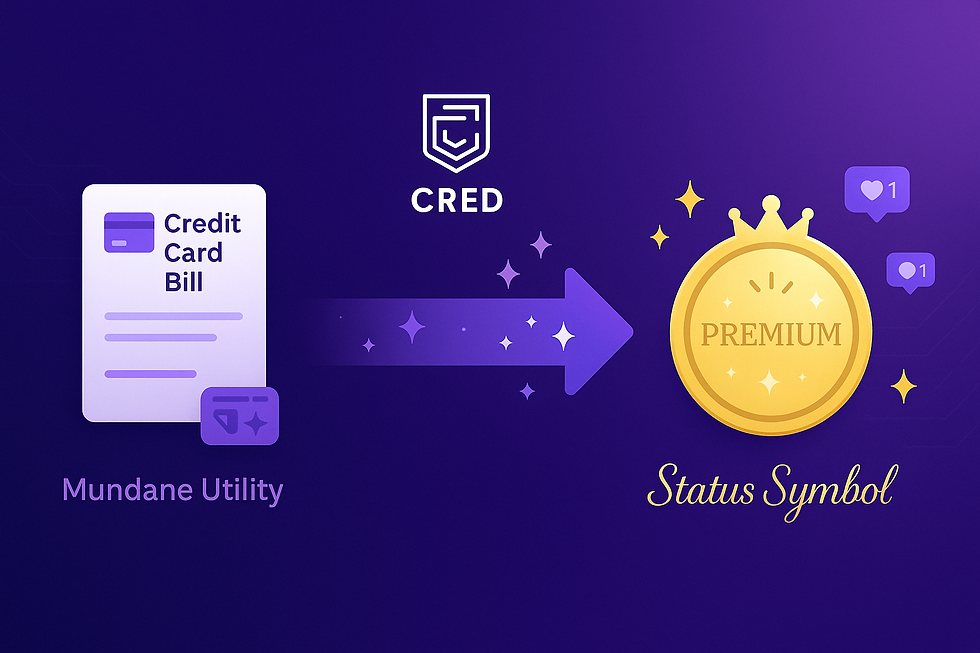
The psychological impact proves profound: CRED membership becomes a financial identity marker that users proudly share on social media. When someone posts about CRED coins or exclusive experiences, they're communicating their creditworthiness to their network. This social proof amplification creates organic marketing where satisfied users naturally promote the brand not just for its utility, but for the status it confers. The strategy transforms customers into brand evangelists through identity association rather than monetary incentives.
Reward Psychology Optimization Through Scarcity
Traditional fintech apps compete on transaction speed, fees, or convenience - commoditized features that create price-based competition. CRED differentiated through experience exclusivity: members earn CRED coins redeemable for unique experiences like private concerts, luxury brand collaborations, and limited-edition products unavailable elsewhere. The reward structure leverages scarcity psychology where limited availability increases perceived value far beyond actual cost.

The financial impact demonstrates this approach's effectiveness: CRED's customer acquisition costs dropped 40% in FY24 while revenue surged 66%. This inverse relationship - lower acquisition costs with higher revenue - validates how exclusivity marketing creates organic demand generation. When membership becomes desirable rather than accessible, word-of-mouth marketing replaces paid advertising, reducing customer acquisition expenses while building stronger brand equity.
Premium Community Building Through Shared Identity
CRED's marketing strategy extends beyond individual transactions into community identity formation. Members share a common characteristic (high credit scores) that creates natural affinity and trust within the platform. This qualification-based community building enables CRED to introduce premium services like CRED Store (luxury marketplace) and CRED Experiences (exclusive events) because members already demonstrate higher purchasing power and financial responsibility.
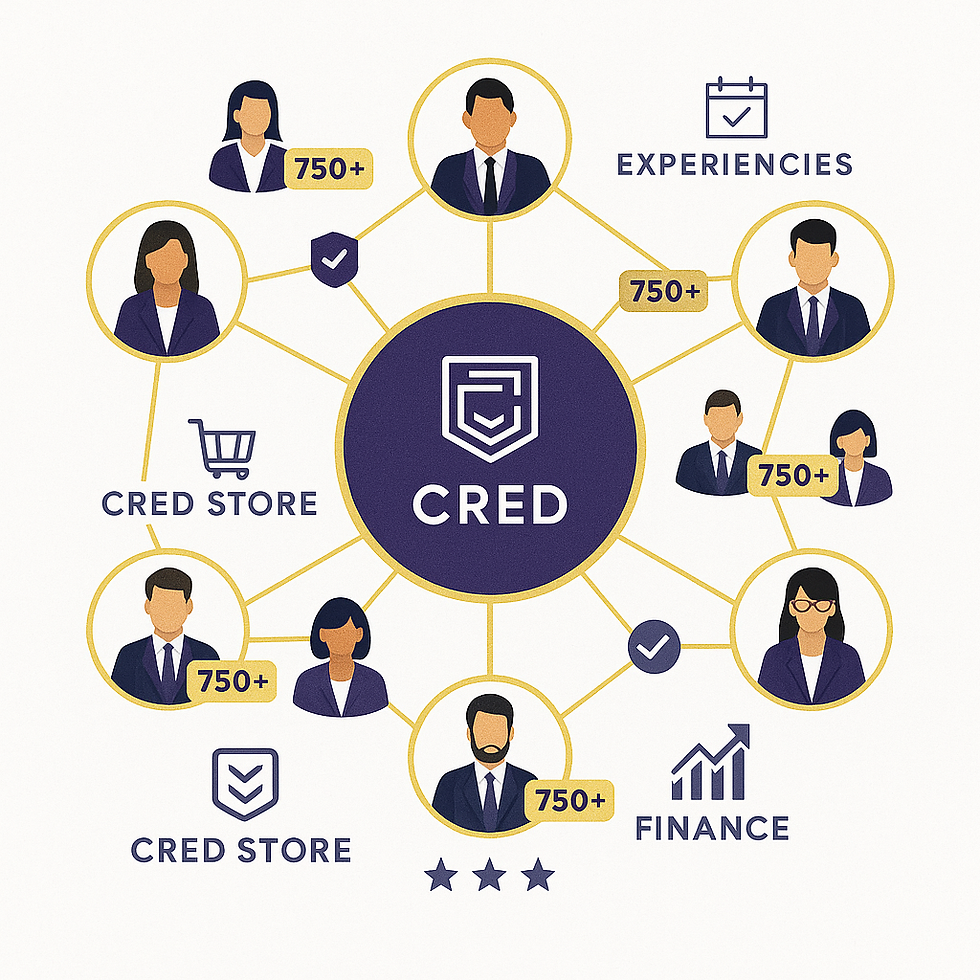
The strategic implications prove significant: CRED's total payment value (TPV) surged 55% to ₹6.87 lakh crore in FY24, while monthly transacting users increased 34%. These metrics reveal how community-driven engagement creates higher transaction frequency and value compared to transaction-only relationships. Members don't just use CRED; they participate in an exclusive ecosystem that offers multiple touchpoints for revenue generation beyond basic bill payments.
The Market Reality: When Exclusivity Becomes Scalability Challenge
Revenue Concentration vs. Market Expansion Tension
CRED's exclusivity strategy created remarkable revenue density - ₹15,456 revenue per user annually based on 16 million users and ₹2,473 crore revenue. However, this concentration creates scaling limitations when market penetration within the qualified segment approaches saturation. Recent valuation pressure reflects this challenge: CRED's valuation declined from ₹6,400 crore in 2022 to projected ₹4,000 crore in 2025, suggesting investor concerns about sustainable growth within self-imposed market constraints.
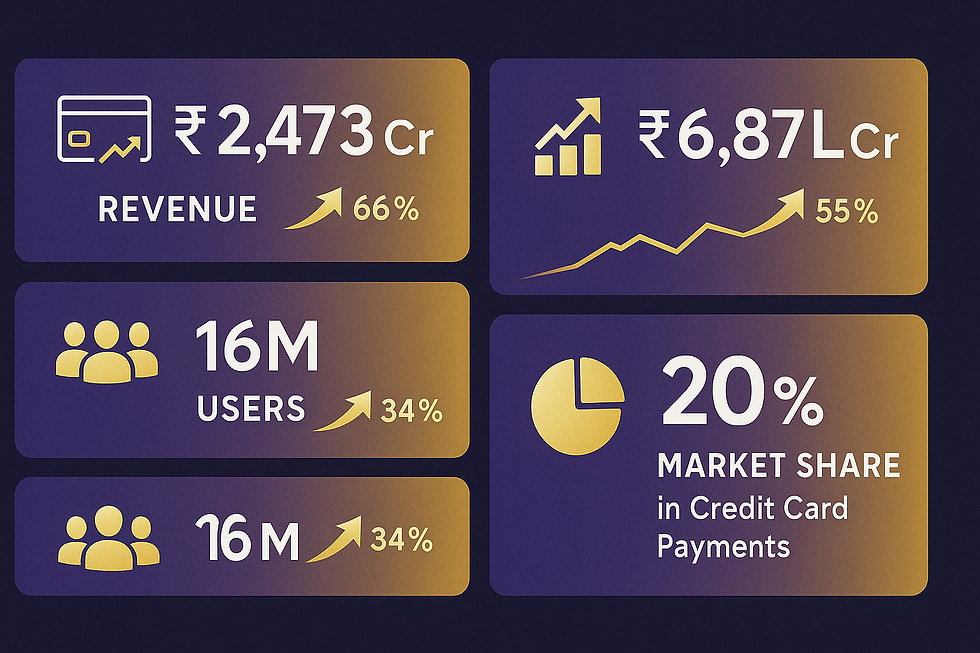
The strategic response reveals interesting evolution: CRED gradually expanded eligibility criteria and introduced products targeting broader audiences while maintaining premium positioning. Services like CRED Money (personal finance management) and UPI payments aim to capture adjacent markets without diluting core exclusivity. This demonstrates how successful scarcity marketing eventually requires careful expansion strategies that preserve brand equity while accessing larger addressable markets.

Competitive Moat Sustainability and Market Defense
CRED's qualification-based exclusivity created temporary competitive advantages, but maintaining these moats requires continuous innovation beyond access restriction. Competitors like CheQ and Walnut target similar audiences with alternative value propositions, while mass-market players introduce premium tiers that challenge CRED's positioning. The key lesson: artificial scarcity works best when combined with genuine utility that justifies exclusive access rather than relying solely on restriction for differentiation.
The platform's evolution toward super app functionality - adding travel, investment, and lifestyle services - represents strategic adaptation to maintain competitive positioning. By expanding service breadth within the qualified user base, CRED increases switching costs and creates deeper engagement that purely transactional relationships cannot match. This demonstrates how successful exclusivity marketing must evolve from access-based differentiation to experience-based value creation for long-term sustainability.
Strategic Framework: Replicating Exclusivity Marketing in Other Categories
CRED's success validates qualification-based exclusivity as a viable marketing strategy when three conditions align: identifiable qualification criteria, genuine utility that justifies restrictions, and status-conscious target audiences who value membership signaling. This framework applies beyond fintech to categories like premium fitness, luxury e-commerce, professional networking, and high-end services where exclusivity enhances rather than diminishes value proposition.

The implementation requires careful balance between restriction and accessibility. Too restrictive, and market size becomes unsustainable; too accessible, and exclusivity loses psychological impact. CRED's 750+ credit score requirement hit the optimal threshold: exclusive enough to create aspiration, accessible enough to build meaningful scale. The strategic takeaway: artificial scarcity increases perceived value by 250% when it serves as quality signaling rather than arbitrary restriction.
The ultimate insight from CRED's journey: exclusivity marketing transforms commoditized services into aspirational brands, but requires continuous innovation to maintain competitive advantages beyond access restriction. Companies pursuing this strategy must plan for eventual market expansion while preserving the premium positioning that initially drove growth - proving that sometimes, the best way to grow is to first choose who you won't serve.
Ready to build exclusivity marketing strategies that drive premium positioning without limiting growth? Subscribe to our weekly newsletter for strategic frameworks on how successful companies balance scarcity with scalability. Share this analysis with your marketing team—because in today's commoditized markets, understanding when to limit access can be the key to unlimited growth.

.png)
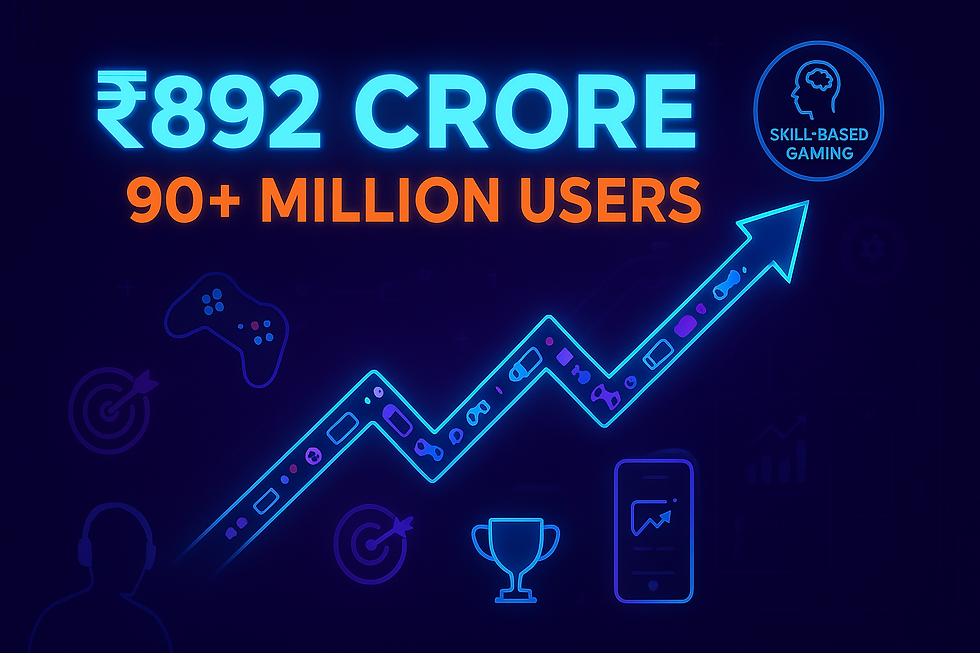
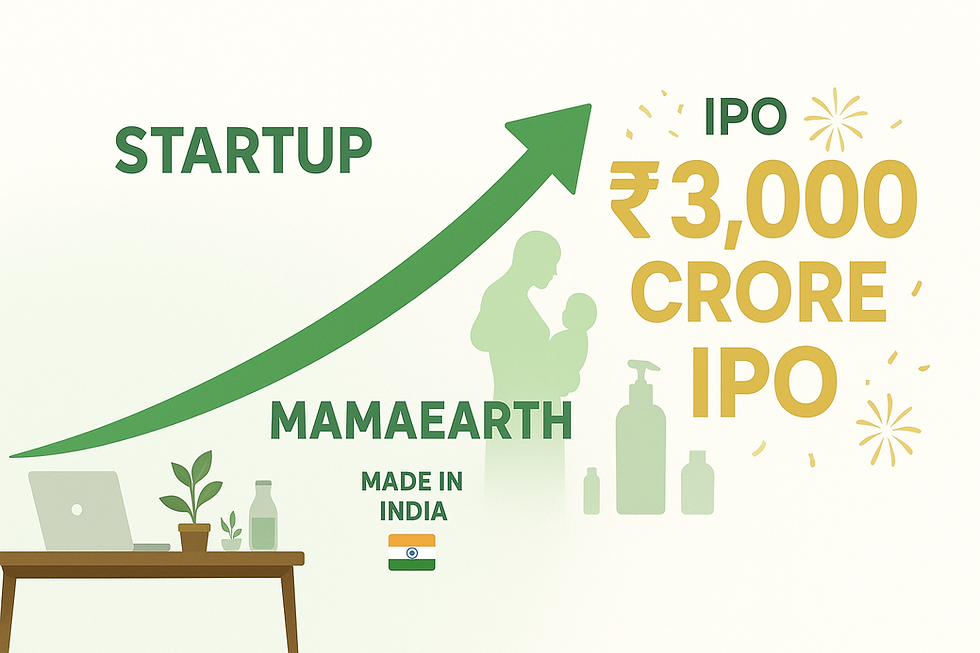
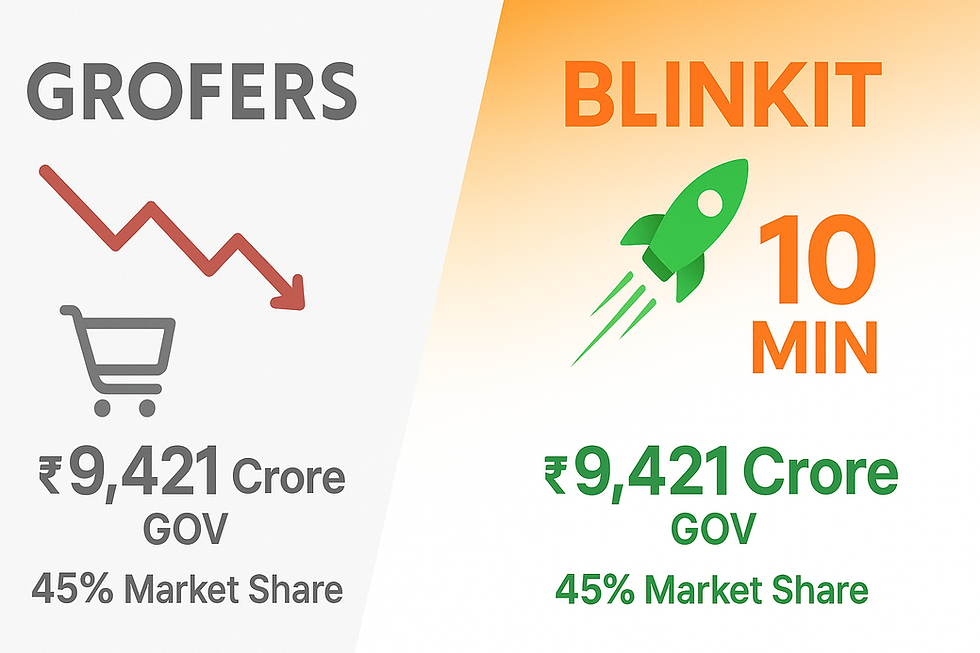
Comments